Accusing China of illegally extracting sand in the vicinity of the Formosa Banks and endangering the ecology, the Society for Wildlife and Nature yesterday called for government action to protect maritime resources that belong to Taiwan.
The society called for an cross-agency collaboration involving the ministries of justice, economic affairs and interior, and the Mainland Affairs Council to amend laws and give the Coast Guard Administration (CGA) a legal basis for protecting the shoal.
The shoal, which is near the median line of the Taiwan Strait, is a traditional fishing area for Penghu County fishers.
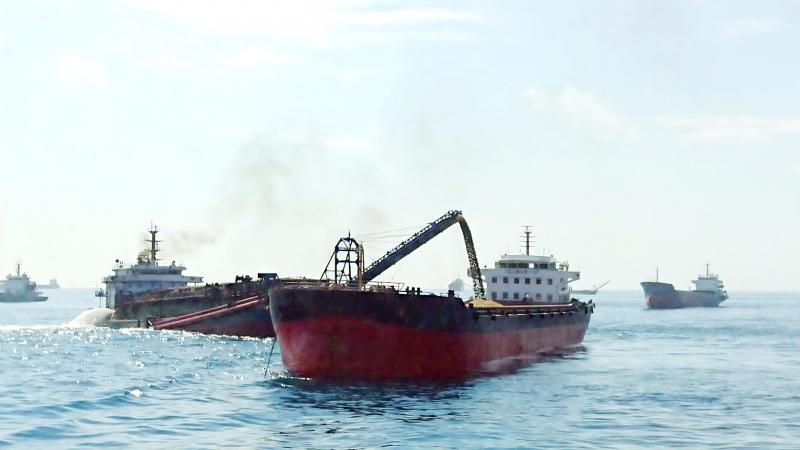
Photo courtesy of Society for Wildlife and Nature president Jeng Ming-shiou
Chinese ships have dredged more than 100,000 tonnes of sand daily from the shoal over the past few years, which has altered the sand and sediment and poses a catastrophe for local marine ecology, society president Jeng Ming-shiou (鄭明修) told a news conference in Taipei.
Jeng, a fellow member at Academia Sinica’s Biodiversity Research Center, called for regular air patrols by drones or helicopters over the Formosa Banks.
The group last month concluded an underwater recording of the shoal, capturing on screen 44 families of 643 fish, as well as more than 10 types of soft coral, he said, adding that the footage is the nation’s first documentation of marine ecology in the shoal area.
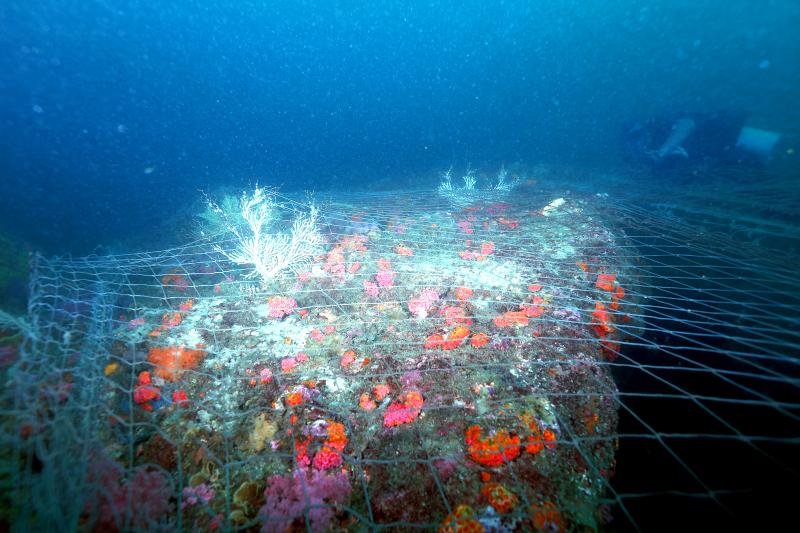
Photo courtesy of the Society for Wildlife and Nature via CNA
During the recording, the society found large swathes of the seabed covered in drag nets, which it said could be from Chinese trawlers.
Most Taiwanese do not know about the rich fishery resources in the area and scientific reports are lacking, the group said.
The society also urged the Council of Agriculture and the Ocean Affairs Council to allocate funding to support long-term projects to monitor underwater and fisheries conditions in the area, in a bid to ensure the sustainable development of the nation’s marine resources.
CGA Patrol Affairs Division Chief Wang Cheng-hsin (王正信) told the news conference that the agency had escorted two Chinese ships with its 28 crewmembers, including their captains back to Magong City (馬公) last year.
The two captains were each sentenced to six months in prison, while each crew member was given four months, he said, adding that all of their cargoes, including the illegally mined sand, were confiscated.
The CGA last year chased away 500 dredging ships, and 1,077 from January to last month, he said, adding that it had appealed to its Chinese counterpart, but had not received an answer.
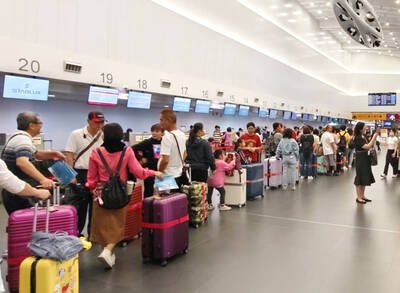
Three Taiwanese airlines have prohibited passengers from packing Bluetooth earbuds and their charger cases in checked luggage. EVA Air and Uni Air said that Bluetooth earbuds and charger cases are categorized as portable electronic devices, which should be switched off if they are placed in checked luggage based on international aviation safety regulations. They must not be in standby or sleep mode. However, as charging would continue when earbuds are placed in the charger cases, which would contravene international aviation regulations, their cases must be carried as hand luggage, they said. Tigerair Taiwan said that earbud charger cases are equipped
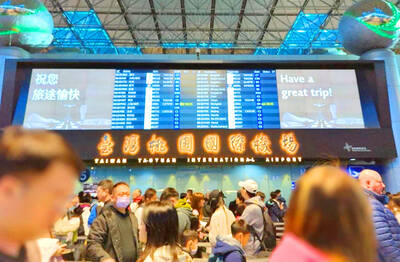
Foreign travelers entering Taiwan on a short layover via Taiwan Taoyuan International Airport are receiving NT$600 gift vouchers from yesterday, the Tourism Administration said, adding that it hopes the incentive would boost tourism consumption at the airport. The program, which allows travelers holding non-Taiwan passports who enter the country during a layover of up to 24 hours to claim a voucher, aims to promote attractions at the airport, the agency said in a statement on Friday. To participate, travelers must sign up on the campaign Web site, the agency said. They can then present their passport and boarding pass for their connecting international
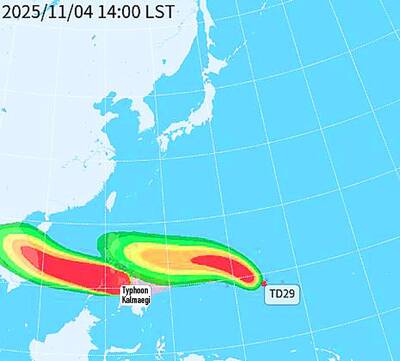
WEATHER Typhoon forming: CWA A tropical depression is expected to form into a typhoon as early as today, the Central Weather Administration (CWA) said yesterday, adding that the storm’s path remains uncertain. Before the weekend, it would move toward the Philippines, the agency said. Some time around Monday next week, it might reach a turning point, either veering north toward waters east of Taiwan or continuing westward across the Philippines, the CWA said. Meanwhile, the eye of Typhoon Kalmaegi was 1,310km south-southeast of Oluanpi (鵝鑾鼻), Taiwan’s southernmost point, as of 2am yesterday, it said. The storm is forecast to move through central

Taiwan sweltered through its hottest October on record, the Central Weather Administration (CWA) said yesterday, the latest in a string of global temperature records. The main island endured its highest average temperature since 1950, CWA forecaster Liu Pei-teng said. Temperatures the world over have soared in recent years as human-induced climate change contributes to ever more erratic weather patterns. Taiwan’s average temperature was 27.381°C as of Thursday, Liu said. Liu said the average could slip 0.1°C by the end of yesterday, but it would still be higher than the previous record of 27.009°C in 2016. "The temperature only started lowering around Oct. 18 or 19